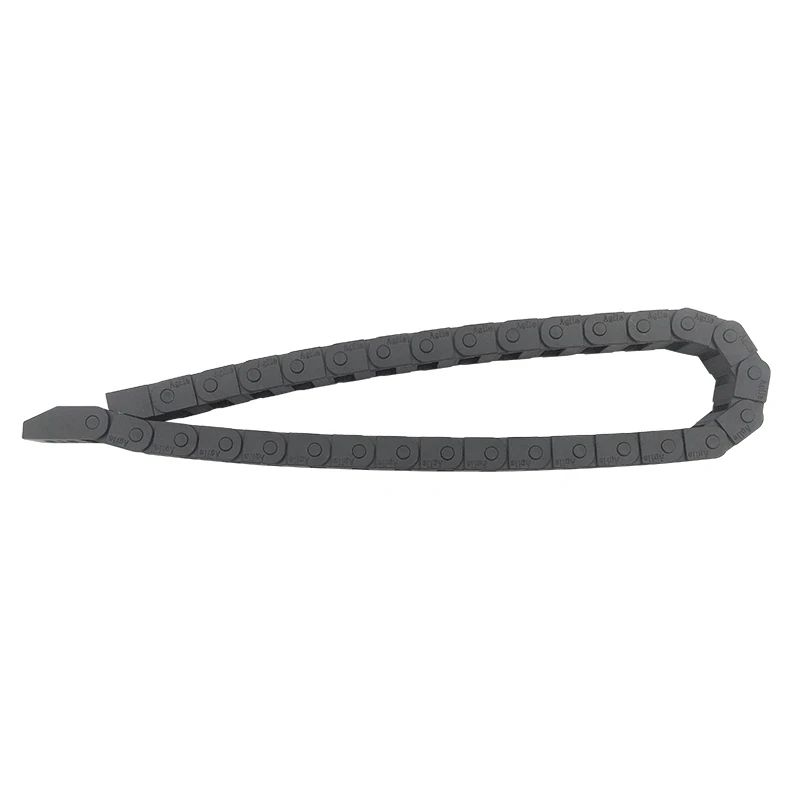electrical cable carrier
Understanding Electrical Cable Carriers An Essential Component for Efficient Cable Management
In today's technologically advanced world, managing electrical cables effectively is crucial for safety, efficiency, and organization. One essential solution that has emerged is the electrical cable carrier, commonly known as drag chain or cable chain. This component plays a vital role in various industries, including manufacturing, robotics, and construction, by providing a streamlined method to protect and manage cables during movement.
What is an Electrical Cable Carrier?
An electrical cable carrier is a system designed to house and guide electrical cables, hoses, or other flexible components. Typically resembling a chain, it consists of interconnected links that form a continuous pathway for cables. These carriers can be found in machinery with moving parts, such as robotic arms, CNC machines, or conveyor systems, ensuring that cables remain in place while preventing damage and tangling.
Importance of Cable Carriers
The primary function of electrical cable carriers is to protect the cables from wear and tear. When cables are exposed to constant movement, they can bend, twist, or even fray, leading to short circuits, downtime, and safety hazards. Cable carriers mitigate these risks by guiding the cables along a predetermined path, allowing for smooth movement while reducing strain and friction.
In addition to protection, cable carriers facilitate organization. In environments with multiple cables running to different devices or components, a well-designed cable carrier can help maintain order, making it easier for maintenance personnel to identify and troubleshoot issues. This organization ultimately leads to improved efficiency, as workers can spend less time managing cables and more time focusing on their tasks.
electrical cable carrier

Types of Electrical Cable Carriers
There are various types of electrical cable carriers available to suit different applications. The most common types include
1. Plastic Drag Chains Lightweight and corrosion-resistant, these chains are ideal for environments where flexibility and ease of installation are crucial. They are prevalent in manufacturing and assembly processes.
2. Metal Drag Chains For more heavy-duty applications, metal drag chains provide additional strength and durability. They are often used in environments with high temperatures or exposure to chemicals.
3. Pneumatic and Hydraulic Carriers These specialized carriers are designed to accommodate hoses and cables associated with pneumatic or hydraulic systems. They can handle greater loads and resist harsher conditions.
Conclusion
In summary, electrical cable carriers are an indispensable component in modern machinery and infrastructure. Their ability to protect cables, enhance organization, and improve efficiency makes them vital for various industries. As technology continues to advance, the design and functionality of cable carriers will also evolve, further enhancing their role in ensuring safe and efficient operations. Investing in quality electrical cable carriers is, therefore, not merely an option but a necessity for businesses aiming to thrive in a competitive landscape.








